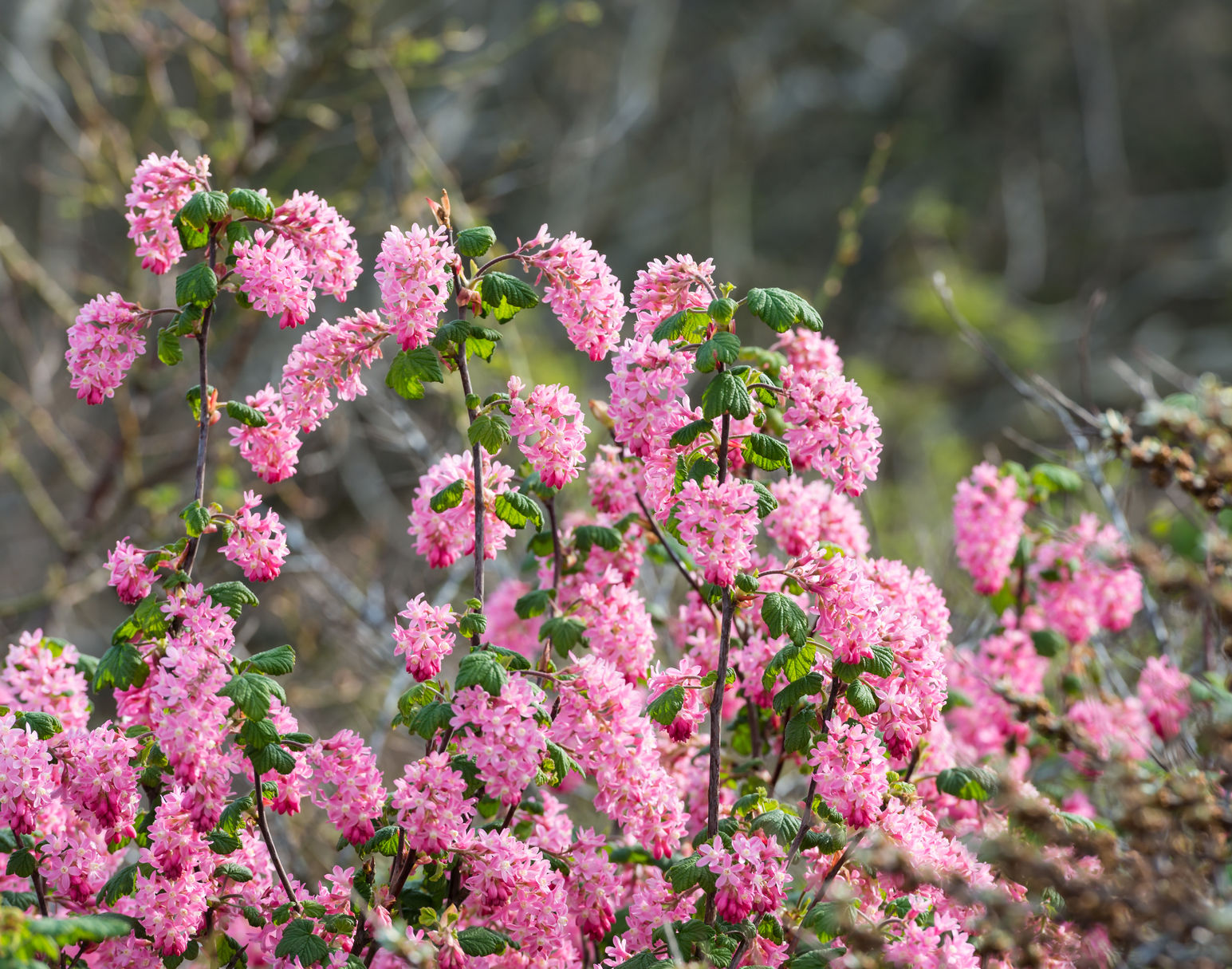 Back to the Be Inspired Blog
Back to the Be Inspired Blog

Native Plants: What Are They? Plus 5 Top Benefits!
If you want to give your garden the best chance to grow and thrive, consider using native plants. The California Native Plant Society describes why they’re important, “Our native plants grew here prior to European contact. California's native plants evolved here over a very long period, and are the plants which the first Californians knew and depended on for their livelihood. These plants have co-evolved with animals, fungi and microbes, to form a complex network of relationships. They are the foundation of our native ecosystems, or natural communities.” To nurture these species, read on!
5 Top Benefits of Native Plants
Long ago, native plants’ seedlings evolved to live with the local climate, soil types and animals. Opting for these types of species offers several gardening advantages.
- Water Savings - Once established, many native plants need minimal irrigation beyond normal rainfall.
- Little to Low Maintenance - Landscaping methods are a natural fit with native plants that already adapted to the local environment. You can look forward to using less water, little to no fertilizer, no pesticides, less frequent pruning and less of your time.
- No Pesticide Use - Native plants developed their own defenses against many pests and diseases. Because most pesticides kill indiscriminately, beneficial insects become secondary targets in the fight against pests. Reducing or eliminating pesticide use lets natural pest control take over and keeps garden toxins out of our creeks and watersheds.
- Wildlife Viewing - Native plants, birds, butterflies, beneficial insects and interesting critters are “made for each other.” Research shows that native wildlife prefers native plants.
- Support of Local Ecology - As development replaces natural habitats, planting gardens, parks and roadsides with California natives can provide a “bridge” to nearby remaining wildlands.
Our Favorite Native Plants
There are a number of native plants that we love at SummerWinds. Here are a few of our top favorites:
- Toyon, Heteromeles arbutifolia: This summer blooming tree is not only lovely, but the bees go crazy for it. It berries in the winter and is very showy. Robins are drawn to it as well, and it grows to 15 feet wide by 15 feet tall.
- Redflower Currant, Ribes sanguineum (pictured above): This plant offers fast-growing beautiful long pink flowers that attract hummingbirds and native bees. They host long miniature clusters of currents and can grow 8 feet wide by 8 feet tall.
- Deer Grass, Muhlenbergia rigens: This native grass can live 75 – 100 years and will maintain its green bunch in winter. Tall flower spikes bloom in late spring and will hold on until winter. The summer color of the grass is part golden and part green.
- Giant Chain Fern, Woodwardia firmbriata: This is the largest fern in North America. It has long fronds that can reach to 8 feet in length and, lending to its name, it has a chain shape visible on both sides. This fern typically grows 6 feet tall and 6 feet wide.
Click here for a complete list of our chosen native trees, shrubs, perennials and ground covers, grasses and ferns.
Growing Native Plants
Native plants are great for gardens because they’ve acclimated to our climate and can handle what our California weather throws at it. If you’re interested in native plants, visit your local SummerWinds Nursery to check out our selection and great planting tips from our garden experts.

